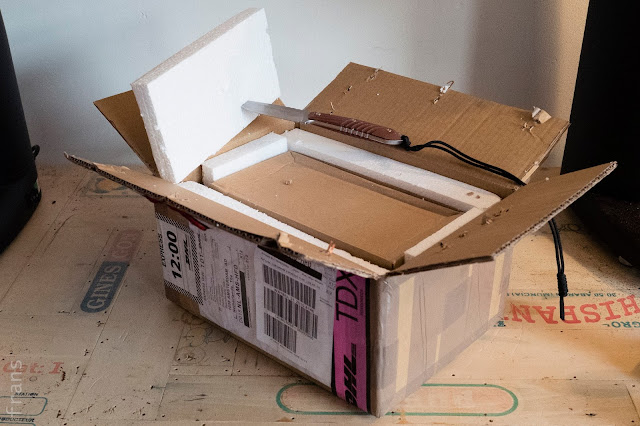One can use this beautiful set as a device to simply admire for its nerdiness and super smart engineering, a jewel adorning the vintage machine. Or, if one uses it while being observant of the pressure indication, it can teach one, over time, what shots one actually prefers and it also tells one if the extraction pressure one applies with is really nice and gradual, without hits and drops and ups and downs that one normally does not 'see'. Video below was shot and edited (using my pix) by Roemer Overdiep Peak pressure this morning shot: Assembly tips for La Pavoni and Cremina owners, by Kavekalmar who took the LM Strada pressure gauge and modified it in signature NAKED fashion: The concept was born about a year ago, like this:






